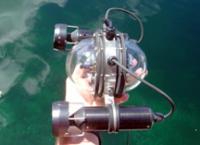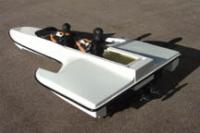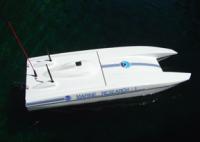Archive for October, 2006
Comments (4)
Add Comment
-
 Views: 860
Views: 860
self contained 28 gram digital video camera with 1 Gig SD memory card. Yellow-Black wire is for momentary switch for pause/record and red connector is for power, a single Li-Ion cell. -
 Views: 703
Views: 703
Clear acrylic tube housing with precision optical glass dome port for the lens. It is 2" dia and 3.5" high and completely water proof.
-
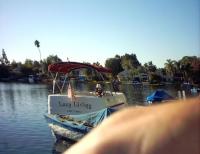 Views: 759
Views: 759
Walking the airboat to the water with the camera turned on and sequencing -
 Views: 635
Views: 635
Moving from my dock to the end of the lake with all the duck activity -
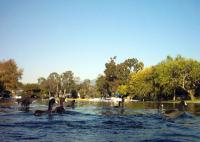 Views: 707
Views: 707
My curious feathered friends.... -
 Views: 694
Views: 694
Although I can approach them very close in the electric airboat, a bust of speed and they take to the air. -
 Views: 655
Views: 655
Controlling the airboat from the dock. -
 Views: 690
Views: 690
Coming into the dock area next to my "recovery" boat -
 Views: 679
Views: 679
Ready to stop next to the dock. -
 Views: 882
Views: 882
Camera in foreground with my electric airboat in the background. I have a 4-bladed 10x 6 prop on the largest outrunner made with a 4 cell, 8000mAhr LiPo pack and Castle Creations 80 EXC.
Sticky:
RC Duck
-
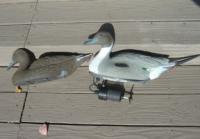 Views: 1591
Views: 1591
Plastic Duck Decoys...the one on the right with RC steroids. -
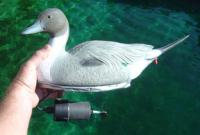 Views: 1698
Views: 1698
Waterproof 12 VDC motor with 4 bladed prop mounts under the duck and pivoted by a Hi-Tek servo -
 Views: 1655
Views: 1655
"Boat-like" tray that holds the electronics and fits inside the duck....in other words, its electronic guts. -
 Views: 1525
Views: 1525
Red rubber switch under the tail turns the power on.
-
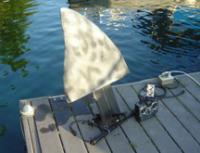 Views: 3103
Views: 3103
Shark fin on dock, battery pod on bottom for stability -
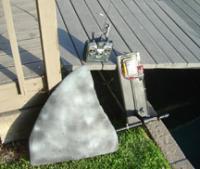 Views: 1909
Views: 1909
Electronics exposed with red tube the "blood" injection system -
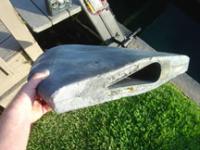 Views: 1446
Views: 1446
ABS insert fits over drive/control mechanism with carved foam for fin -
 Views: 1813
Views: 1813
Me posing next to mechanical shark driven by air propulsion that articulates tail. A diver would be inside....no RC here -
 Views: 1844
Views: 1844
Stainless and Titanium swiming shark cage -pool during initial in pool testing -
 Views: 1657
Views: 1657
Mechanical shark cage with flex skin filmed at Guadalupe Island, Mexico with REAL great whites!
Sticky:








